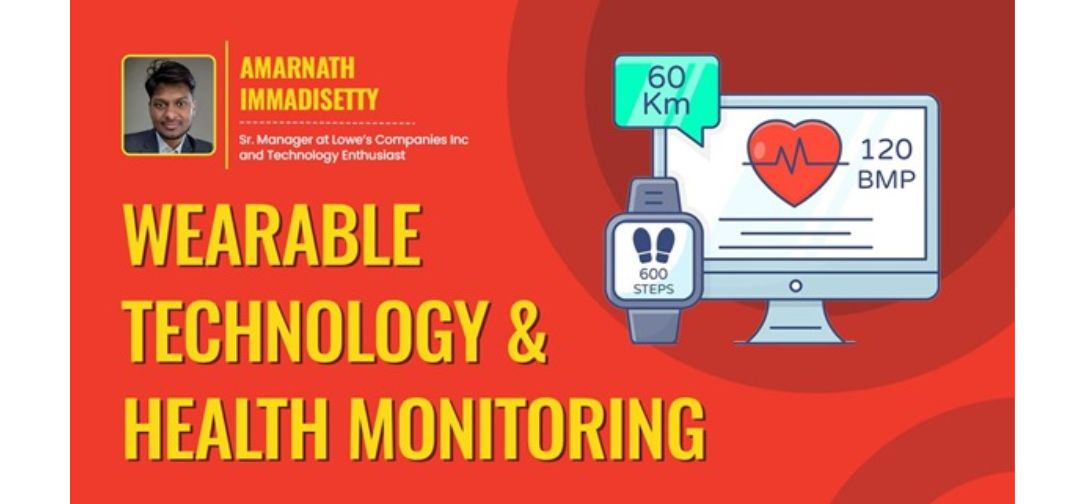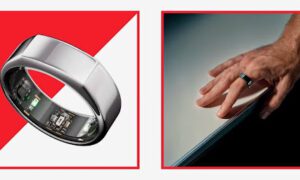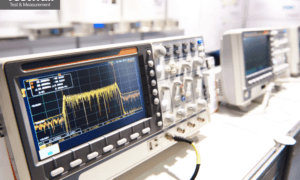The integration of wearable technology into healthcare has transformed how individuals monitor their health and manage chronic conditions. These devices, ranging from fitness trackers to advanced medical monitors, enable continuous health tracking, providing real-time data that empowers users and healthcare providers alike. This article explores the role of wearable technology in health monitoring, its benefits, challenges, and future potential.
Understanding Wearable Technology in Healthcare
What is Wearable Technology?
Wearable technology refers to electronic devices that can be worn on the body to collect data related to health and fitness. These devices often include sensors that monitor various physiological metrics such as heart rate, blood pressure, glucose levels, and physical activity. The data collected is typically transmitted to smartphones or cloud-based platforms for analysis and visualization.
Types of Wearable Devices
- Fitness Trackers: Devices like Fitbit and Garmin that monitor physical activity, sleep patterns, and heart rate.
- Smartwatches: Wearables such as the Apple Watch that offer fitness tracking features along with notifications and apps for health monitoring.
- Continuous Glucose Monitors (CGMs): Devices that provide real-time glucose readings for individuals with diabetes.
- Wearable ECG Monitors: Devices that continuously track heart rhythms and detect irregularities.
The Benefits of Wearable Technology in Health Monitoring
- Continuous Monitoring
Wearable devices provide constant monitoring of vital signs and health metrics. This continuous vigilance allows for early detection of potential health issues before they escalate into serious conditions.
Example: A wearable ECG monitor can alert users to irregular heart rhythms, enabling timely medical intervention.
- Enhanced Patient Engagement
Wearable technology encourages individuals to take an active role in managing their health. By providing real-time feedback on their activities and health metrics, users are more likely to adopt healthier behaviors.
Example: Fitness trackers motivate users to meet daily step goals or engage in regular exercise by providing visual progress indicators.
- Improved Chronic Disease Management
For patients with chronic conditions such as diabetes or hypertension, wearables can facilitate better disease management by providing continuous data on critical health parameters.
Example: Continuous glucose monitors allow diabetics to track their blood sugar levels throughout the day, helping them make informed decisions about diet and medication.
- Remote Patient Monitoring
Wearable devices enable healthcare providers to monitor patients remotely, reducing the need for frequent office visits while ensuring timely interventions when necessary.
Example: Telehealth services can utilize data from wearables to assess patient conditions without requiring them to leave their homes.
Challenges in Implementing Wearable Technology
- Data Privacy Concerns
The collection of sensitive health data raises significant privacy concerns. Organizations must ensure that patient information is adequately protected against unauthorized access or breaches.
- Data Accuracy and Reliability
The effectiveness of wearable devices depends on the accuracy of the data they collect. Inaccurate readings can lead to misdiagnosis or inappropriate treatment decisions.
- Integration with Healthcare Systems
Integrating wearable technology into existing healthcare systems can be complex. Ensuring seamless data flow between devices and electronic health records (EHRs) requires careful planning and execution.
Real-World Applications of Wearable Technology in Health Monitoring
Example 1: Remote Patient Monitoring Programs
Healthcare providers are increasingly adopting remote patient monitoring programs that utilize wearable devices to track patient vitals continuously. For instance, a hospital may equip heart failure patients with smartwatches that monitor heart rate variability and send alerts if abnormal patterns are detected.
Example 2: Fitness and Wellness Initiatives
Companies are implementing wellness programs that encourage employees to use fitness trackers as part of their health initiatives. By incentivizing healthy behaviors through competitions or rewards based on tracked activities, organizations can improve employee well-being while reducing healthcare costs.
Example 3: Chronic Disease Management Solutions
Organizations specializing in chronic disease management leverage wearables to provide personalized care plans for patients with conditions like diabetes or hypertension. By continuously monitoring relevant metrics, these solutions empower patients to manage their conditions effectively while keeping healthcare providers informed.
Future Trends in Wearable Technology for Health Monitoring
- Integration with Artificial Intelligence (AI)
The integration of AI technologies will enhance the capabilities of wearable devices by enabling predictive analytics based on collected data. This advancement will allow wearables to provide personalized recommendations for lifestyle changes or alert users about potential health risks before they manifest.
- Expansion of Telehealth Services
As telehealth continues to grow, wearables will play an increasingly vital role in remote consultations by providing healthcare professionals with real-time access to patient data during virtual appointments.
- Enhanced Data Interoperability
Future developments will focus on improving data interoperability between different wearable devices and healthcare systems, allowing for seamless sharing of information across platforms while maintaining data integrity.
- Focus on Mental Health Monitoring
Emerging trends indicate a growing interest in mental health applications of wearable technology. Devices equipped with sensors capable of tracking physiological responses related to stress or anxiety may provide valuable insights into mental well-being.
Conclusion
Wearable technology is revolutionizing health monitoring by enabling continuous tracking of vital signs and empowering individuals to take control of their well-being. As advancements in technology continue to shape this field, organizations must navigate challenges related to data privacy, accuracy, and integration while capitalizing on the benefits these devices provide.
With the potential for AI integration, expanded telehealth services, improved interoperability, and a focus on mental health applications—wearable technology is poised to play an increasingly significant role in shaping the future of healthcare delivery and patient engagement.
About Amarnath Immadisetty
Amarnath Immadisetty is a seasoned technology leader with over 17 years of experience in software engineering. Currently serving as the Senior Manager of Software Engineering at Lowe’s, he oversees a team of more than 20 engineers. Amarnath is known for driving transformation through innovative solutions in customer data platforms, software development, and large-scale data analytics, significantly enhancing business performance.
Throughout his career, Amarnath has held key positions at notable companies such as Target, Uniqlo, and CMC Limited. His strong foundation in technical leadership and engineering excellence enables him to foster innovation in data-driven decision-making. Passionate about mentoring the next generation of engineers, Amarnath actively promotes diversity and inclusion within the tech industry, believing that diverse teams lead to better innovation and problem-solving.
For more updates visit his website https://immadisetty.me



































